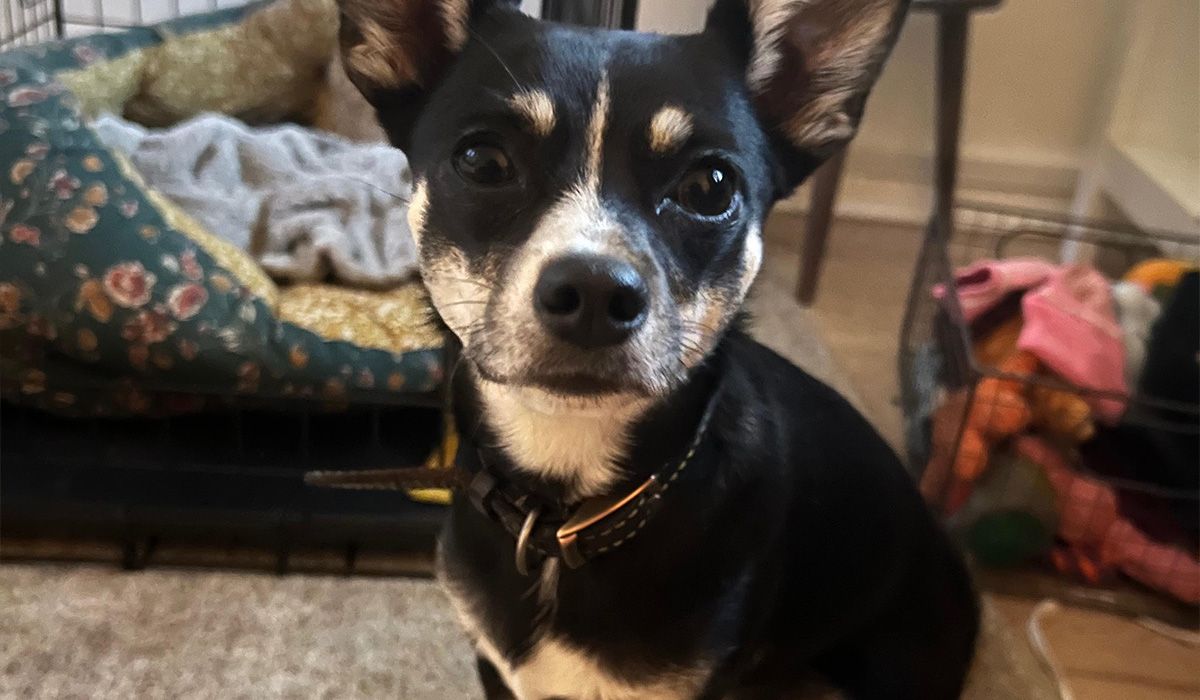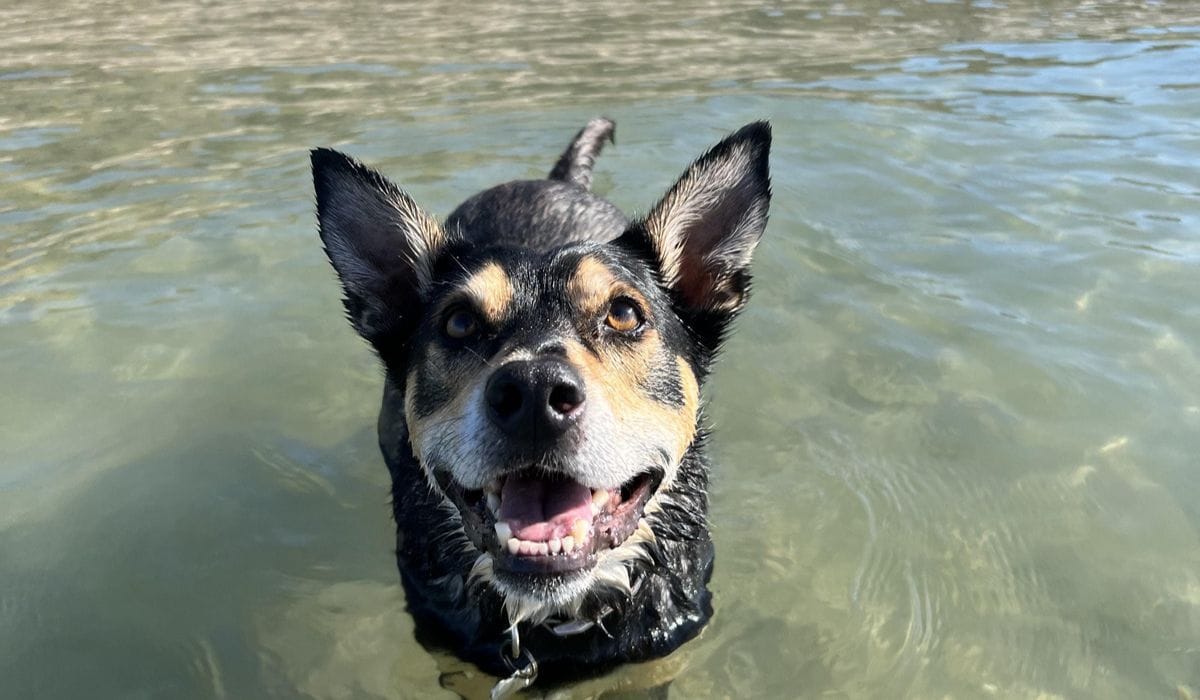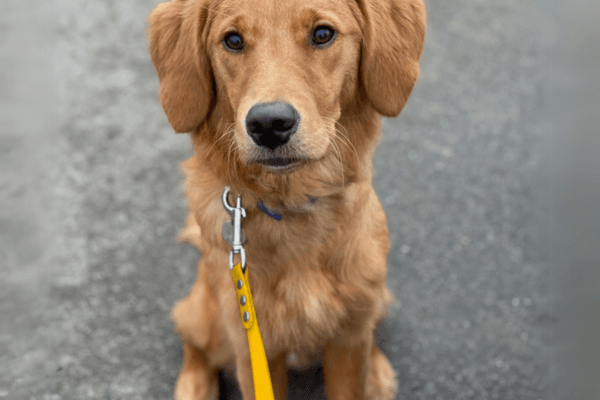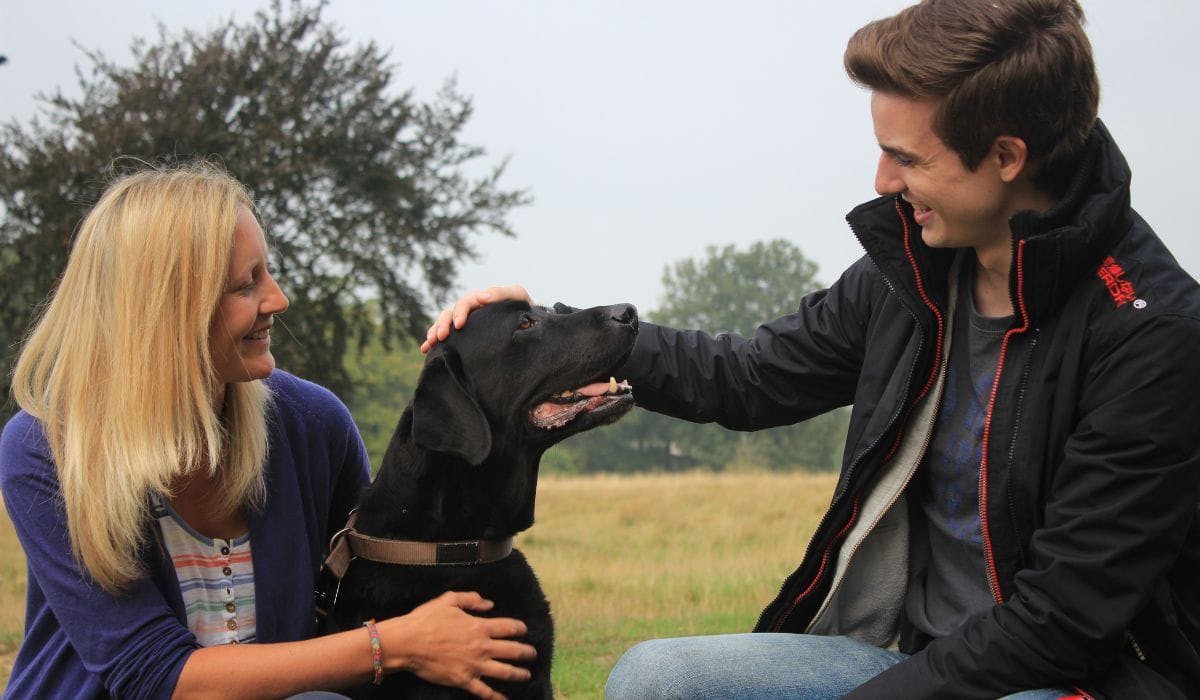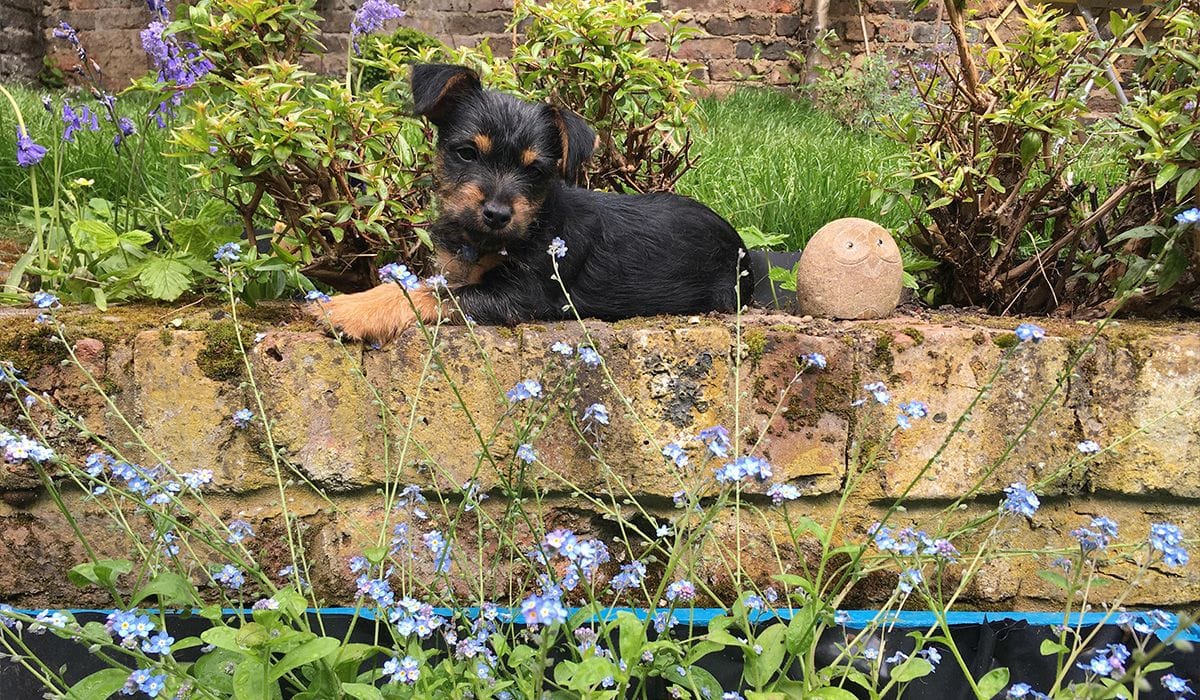Written by Dr. Joanne Patrick, BVSc CertSAO MRCVS, Veterinary Surgeon
Reviewed by Dr Jill McMaster BVM&S MBA MRCVS, Veterinary Surgeon and in-house expert at BorrowMyDoggy on 7 Jun 2023
Moving house is exciting, there’s no doubt about that. But it’s also incredibly stressful, not least for our furry, four-legged companions. They don’t know what’s going on; all they see is their environment changing – and boxes, boxes everywhere!
But there are steps you can take to keep their minds at ease…
Before you move
- Update your dog’s microchip details
Changing the details on your dog’s microchip may be the last thing you think about when moving home, but it can be critical. It is currently the law in the UK to keep your dog’s microchip information up-to-date, but contacting your dog’s microchip database, such as identibase, can also give peace of mind should they happen to get lost during the move.
You can check which database your dog’s microchip is held with here. - Register with a new vet
Depending on how far you are moving, you may need to register with a new vet. Getting this done before you move ensures that your dog is covered nearby for any emergencies. - Get in touch with your pet insurance provider
Moving house can be an expensive time, so guarantee that your pet is covered by letting them know about your change of address. - Get your dog as used to their crate as possible
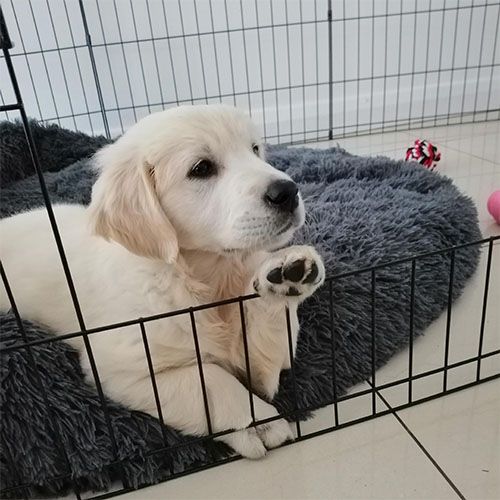
They may sleep in there every night without fail, they may not have even seen it for months on end… Either way, your dog will doubtless be spending lots of time in their crate during the move. They’ll be a lot happier if they’re used to being in there, so try introducing (or re-introducing) it to them well in advance of your moving date.
If you’re stuck, start by placing toys and treats in there. This will encourage them to think positively about their crate and to venture inside voluntarily.
During your move
- Find somewhere for your dog to stay away from home
It may be easier for you to have your dog stay with your friends or relatives or with a BorrowMyDoggy borrower during the actual period of the move – especially if they’re naturally flustered by boxes, noises, strangers and all of the other exciting aspects of moving house. Just something to think about. - Don’t pack your dog’s bedding or toys
To keep your dog settled during the move, keeping things like their bed and toys with them can help them keep some normality. Familiar aspects such as smells can make a real difference with helping your dog feel secure and settled. - Nominate a ‘pet room’ in your old house and new house
Begin using the pet room a few weeks before you leave. If you can, use the room furthest away from where the noise is likely to be. Fill it with toys, treats and all things nice. On the day of the move, keep your dog there (making sure to check on them regularly of course). Move them out of it once everything else is unpacked and ready to go.
When you get to the new house, it’s the same in reverse order. Get your pet and all of their goodies into the pet room first, and begin unpacking once they’re safely placed – again, checking up on them regularly. If you’re a large family, you could nominate one person to stay with your dog during the whole process.
Particularly anxious dogs may benefit from a calming product, such as a diffuser or Vetpro: Stress & anxiety.
In your new home
- Let your dog get used to their new home
It is important to be patient while your dog gets used to their new home. A new environment, routine and smells can be a lot to adjust to! Giving some reassurance and keeping (as much as possible) to your routine can help ease your dog into their new surroundings. - Take time before letting your dog off the lead
Allow your dog to get used to their new walking route before letting them off the lead. This can help prevent them getting lost or confused by new smells and other animals.
For some extra peace of mind you may consider investing in pet protection services or a GPS tracker. These can help you find your dog should they wander off during the move. - Stick to your normal routine

For the first few weeks, try to keep every aspect of your dog’s life as close as possible to how it was before:
- House rules
- Walking and feeding times
- Walking route (if you’re moving locally)
- The room you keep their bed in
- Their toys and blankets (try not to wash them right away, that way they’ll keep their familiar smell)
They’ll settle in before you know it, and then it’ll be time for pastures new! Perhaps start by introducing them to your new neighbours.
